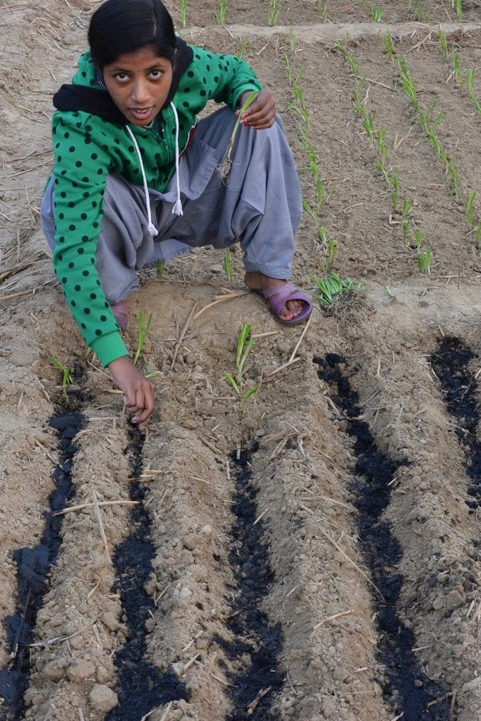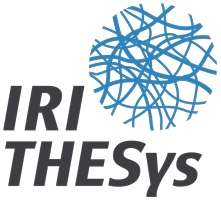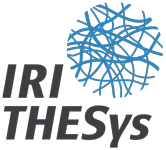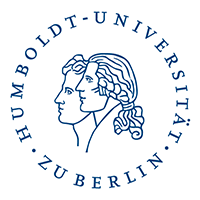PhD Project
Negative emission technologies are increasingly considered mandatory for climate change mitigation strategies limiting mean global warming to 1.5°C as specified in the Paris Agreement. Thus, diverse methods for removing carbon from the atmosphere are currently being discussed among the scientific community and political arena as part of mitigation portfolios.
This PhD project will assess the global biophysical potential and limitations of a negative emission technology that is currently underrepresented in these discussions: pyrogenic carbon capture and storage (PyCCS). Pyrolysis is the thermal treatment of biomass at temperatures between 350 and 900 °C in an oxygen-deficient atmosphere. Three main carbonaceous products are generated during this process, which can subsequently be stored in different ways to produce negative emissions: a solid biochar, a pyrolytic liquid (bio-oil), and permanent-pyrogas. Due to its highly recalcitrant nature, biochar applied to soil essentially reallocates carbon from the atmospheric to the soil carbon pool.
During my PhD I will estimate the global sequestration potential of PyCCS, analyze the impacts of a large-scale implementation on main functionalities within the Earth System, and assess long-term consequences of the deployment for the global carbon cycle. The Dynamic Global Vegetation Model LPJmL will be applied and adapted in order to calculate the biomass available for PyCCS, to assess planetary boundaries and to simulate long-term shifts in the soil carbon pool.

Output
Schmidt, H. P., Anca‐Couce, A., Hagemann, N., Werner, C., Gerten, D., Lucht, W. & Kammann, C. 2018. Pyrogenic Carbon Capture & Storage (PyCCS). GCB Bioenergy.https://onlinelibrary.wiley.com/doi/full/10.1111/gcbb.12553
Werner, C., Schmidt, H. P., Gerten, D., Lucht, W., & Kammann, C. (2018). Biogeochemical potential of biomass pyrolysis systems for limiting global warming to 1.5° C. Environmental Research Letters, 13(4), 044036.http://iopscience.iop.org/article/10.1088/1748-9326/aabb0e
Stenzel, F., Gerten, D., Werner, C. & Jägermeyr, J. 2019. Freshwater requirements of large-scale bioenergy plantations for limiting global warming to 1.5 °C. Environmental Research Letters, 14 084001 https://iopscience.iop.org/article/10.1088/1748-9326/ab2b4b/meta



